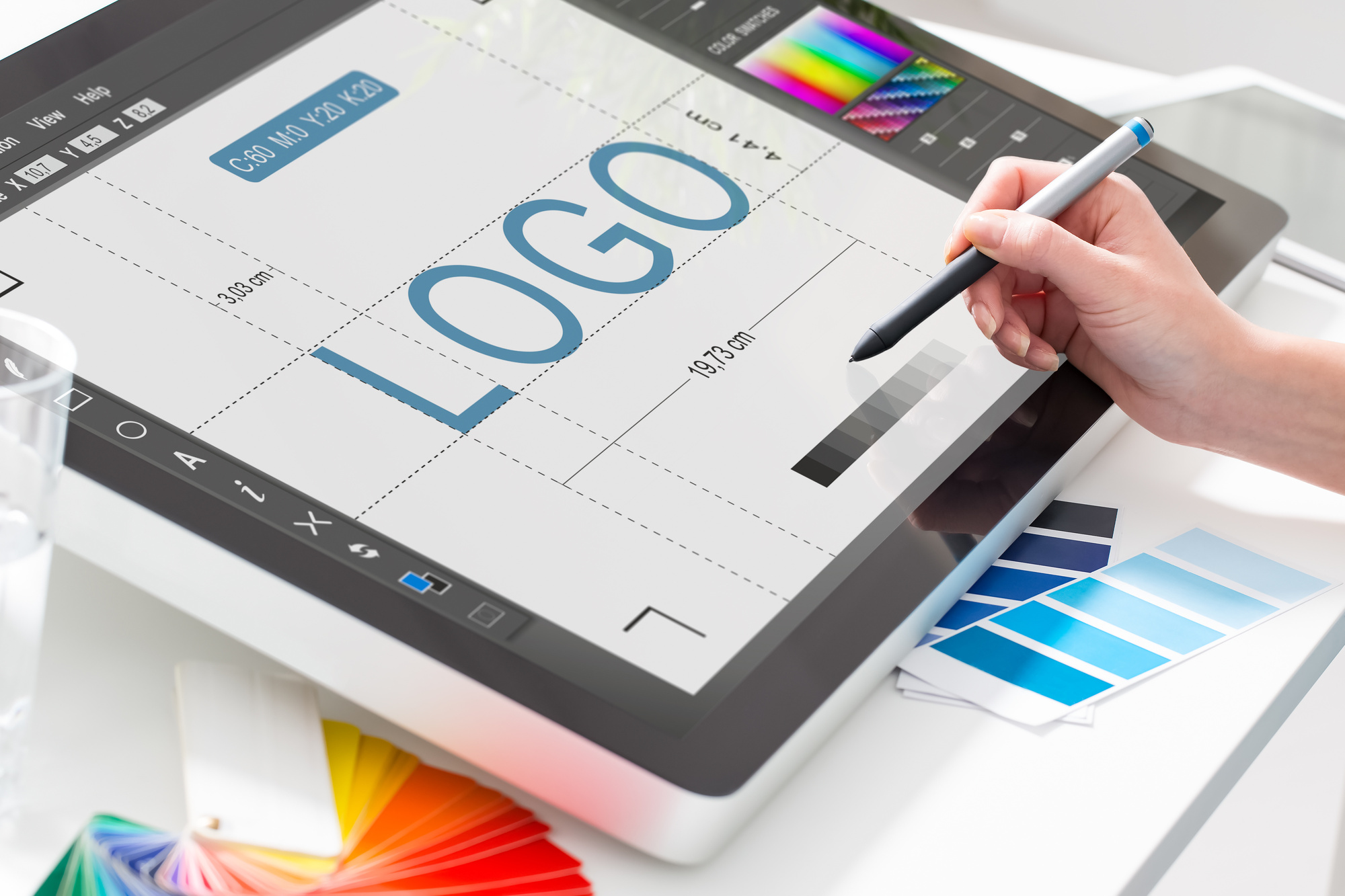
The popularity of reality-bending films give us some clues about people’s interests. Films such as The Matrix, Inception, and Doctor Strange present questions about what is known and what lies beneath.
We become engrossed in talking about concepts of what we see as well as what we don’t see.
When you face the challenge of catching in a potential customer’s mind you want to find a way to front-load and backdoor your message at the same time. You want something that catches the eye immediately.
However, adding in something that takes a minute to reveal itself provides added reinforcement.
For the front-loading, we’ve been coming up with shapes and objects to accomplish that for a while. We know logos have some profound impact on consumers.
For that backdoor into consciousness and lingering appeal, we need to go further into visual psychology with negative space logo concepts. How do you use them in your design? Read on for everything you will need to get started.
Negative Space Logo Design
Negative space design broaches into realms of mysticism. The principles of light and the functioning of the visual cortex play their part in how images are produced.
The interpretation and the fascination we have with them comes down to that gap left for transcendent ideas.
We get a charge out of that ah-ha moment when we notice something that was always there, but not readily apparent. Despite ourselves, we like to both learn and grasp hidden concepts.
So, you may be asking “What is negative space?” Let’s start with that and get you grounded so you can explore the limits of perception.
Go Negative
In a certain sense, negative space is the area between other images. Think of a photographic portrait. The foreground contains the person and the background is usually neutral to not steal focus.
Negative space is that gap between the two components of the image. When no background exist and it is flat, that whole area becomes negative space.
There’s some interesting psychology around what we do and do not see in an image. When negative space is present it can lead us to see something in the nothing between.
Consider the original work of Frank Miller’s Sin City. Instead of drawing in black ink on white paper, he inverted the image by drawing with white ink on black paper. It gives the work a remarkable finished emotional depth.
Which leaves us with the concern of how to create a negative space logo. Start by thinking outside and inside of your boxes.
Be Clever
Utilizing negative space when creating a logo requires you to think about both the seen and the unseen. Modern graphic design programs make this somewhat easier than the mind-bending feats of the past.
Consider how the layers in such a program can be placed on top of or underneath each other.
Get clever in placing an image within the shape of a letter o the gap of that letter. Shapes like R, P, and A offer a lot of room to tweak and create a secondary image.
Letters make for good places to manipulate negative space for two reasons. First is that using lettering in logos has a solid track record of efficacy. Second, humans recognize the basic shapes of letters and scan and identify them quickly.
This is part of the basis for how fonts work in the first place. A font takes the basic shapes of letters and changes them. They do so to invoke emotional responses or enhance readability at different sizes.
Different typography allows us to shape a message to be friendly, evoke a sense of unease, or build confidence.
Think Cookie Cutters
When trying to spot logo negative space opportunities, it is best to think about cookie cutters. The shape of the plastic or metal outline creates a negative image.
The space in between, the cookie, can be thought of as the positive space.
As you cut through the dough and pile up your positive shapes, you may notice that the area left sometimes resembles other shapes. This kind of overlapping provides another way to use negative space.
Another classic example is the yin-yang symbol. What exists on one side is seemingly taken out of the other.
A logo can benefit from similar mirroring and enhance its impact. The logo enhances a component by removing it from the positive space and representing it in the negative.
Lurk From the Shadows
Another trick in the box of how to use negative space is shadow enhancing. Much like Frank Miller did with Sin City, reversing the expectations and paint with the white to make the black disappear.
Shadows provide the most black and white way to see negative space. When you see a shadow in the world, you can get an idea of the shape casting the shadow because the shadow resembles, in part, the object.
Shadow puppets work by blocking light and creating an image. You may not have known you spent your childhood figuring out negative space, but there it is.
Creating a negative space logo with shadow effects creates a 3D illusion. It works the same way that drawing a 3D cube on paper does. We imagine what cast the shadow and we ‘see’ that object next to it.
The interplay of shadow and foreground also has a specific psychology to it. We tend to think of things in strict positive/negative of black/white as being serious or professional. It works much like the emotional attachment we have to colors.
Shadow doesn’t have to be only black and white. Two mixed colors can work just as well. The idea of shadow is to represent the quality of blocked or cast light.
Make It Yours
It can take a little bit of time to catch on to the interplay of elements in a negative space logo design. That same difficulty in creating the logo is part of what makes it effective in lingering with consumers.
Looking to get started in designing a logo now? Check out our tutorial to learn more about logo design step by step.





Leave a comment